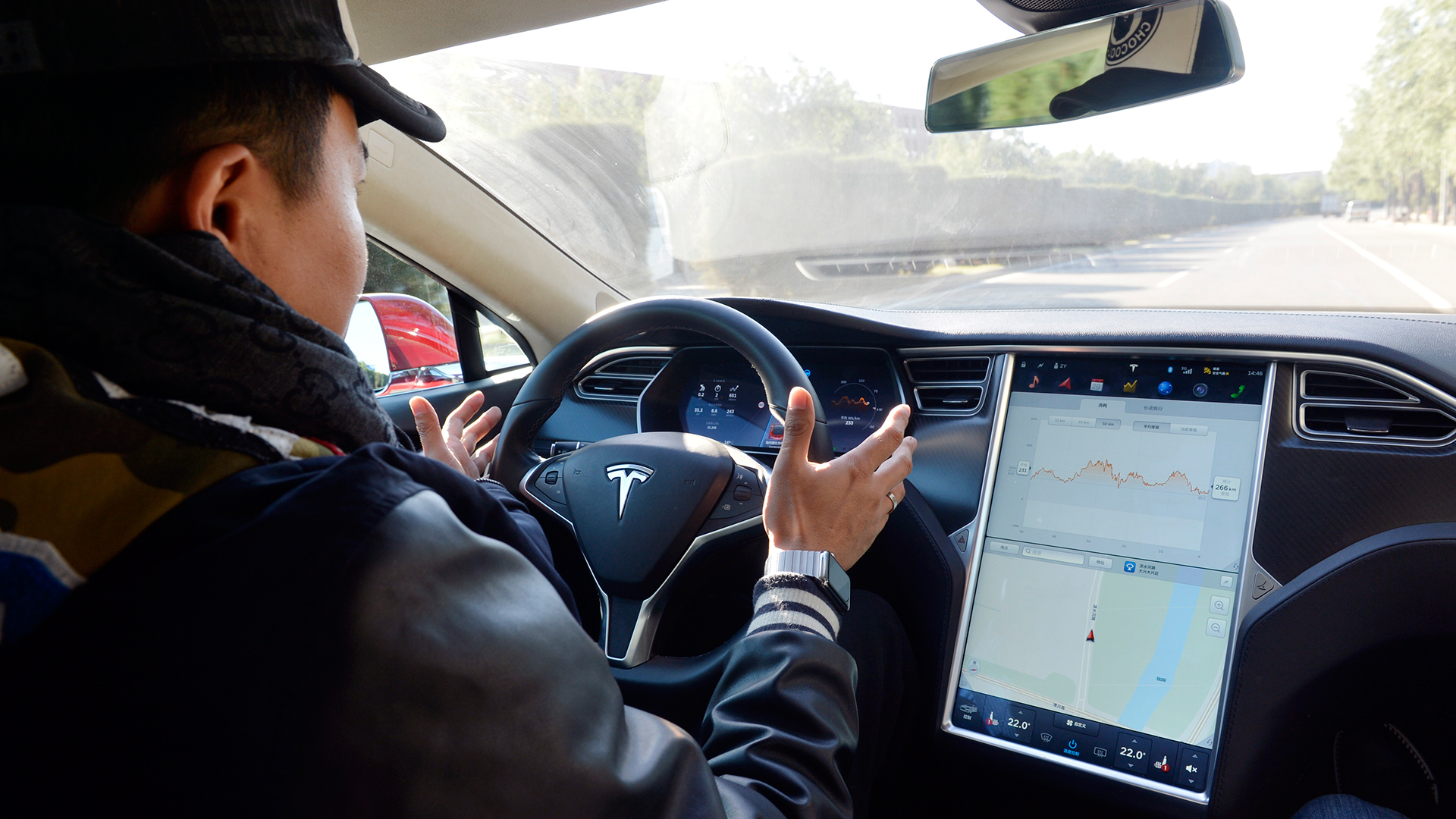

After quietly upgrading its semi-autonomous driving suite, Autopilot, nearly a year ago, Tesla has been working hard on its next-generation hardware. In its quarterly earnings conference call under CEO Elon Musk’s full blessing, Tesla employees gave certain details about the company’s Autopilot v3 platform which greatly improves performance with no extra cost.
Stuart Bowers, VP of Engineering at Tesla, mentions that the automaker has been working on its “on ramp to off ramp solution” for Autopilot, which can take control of the vehicle from the time it enters the highway until it hands the controls back off to the driver. But as of now, the type of hardware in the existing Autopilot suite isn’t buff enough for the near-future vision that Tesla has for its semi-autonomous driving suite.
Peter Bannon, a former semiconductor architecture engineer at Apple turned leader in Tesla’s Autopilot department, spoke during Tesla’s quarterly earning call about the new hardware in the company’s portfolio, Autopilot v3. According to Bannon, the chips are “up and running” and ready for testing.
Musk clarifies that v3 is focused on doing the AI calculations necessary for semi-autonomous driving on a bare metal level, meaning that Tesla has invested heavily in creating a piece of hardware which can effectively and efficiently perform the necessary calculations without the use of software emulation to offload the workload needed by Autopilot. Though some form of neural network processing is used, the specifics aren’t exactly spelled out during the call. With Musk’s blessing to “let the cat out of the bag,” the company confirmed that it will be switching from its Nvidia-based emulation calculation platform to a proprietary on-board calculation method through use of an Application Specific Integrated Circuit (ASIC) meant to perform the AI calculations necessary for Autopilot to function more efficiently.
The company also confirmed that this has allowed the vehicles to process a drastically improved number of frames per second on its cameras. With no other changes to the hardware past the v3 ASIC, Autopilot can capture and process in excess of 2,000 frames per second, an increase of ten-fold. This includes the impressive feat of full redundancy and failover should an issue occur. This is quite important, especially with Tesla being under heavy repeat criticism by some journalists and regulatory institutions for crashes that have occurred while Autopilot has been reportedly active, Tesla continues to improve the hardware needed to make the complex decisions of how to pilot its vehicle during semi-autonomous conditions.
Most impressive of all is that there will be no cost increase to build these modules when compared with Tesla’s existing Autopilot v2.5 hardware. In fact, the ASIC is said to be a completely drop-in replacement module for existing configurations in the Model 3, S, and X. Bannon believes that the hardware should be available sometime during 2019.